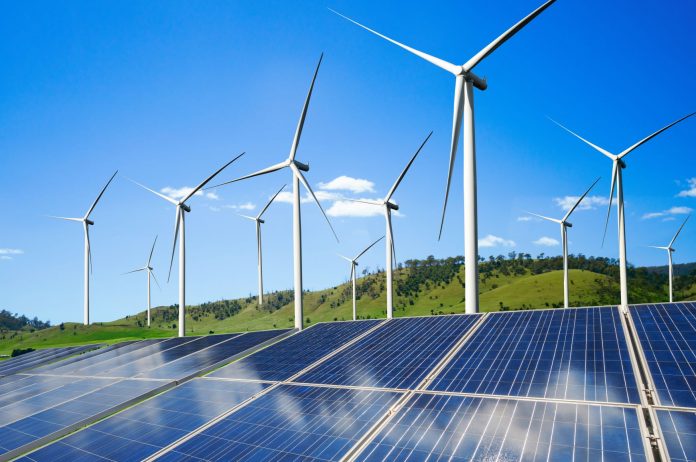Most Australian households will be paying less for electricity in 2023, new modelling from the energy market commission shows.
Australian households could be paying up to $190 less for their yearly power needs in three years.
All jurisdictions in the National Energy Market – except the ACT – are poised to see lower electricity prices by 2023, driven by cheaper gas and renewable sources like solar and wind.
In Southeast Queensland, electricity prices are estimated to drop by 14 per cent, or $190, by 2023. That’s an average yearly drop of five per cent.
The forecasts are contained in the Australian Energy Market Commission’s latest electricity price projections, released Monday.
Like this story? Get more just like it direct to your inbox by subscribing to our free daily news feed: Go to SUBSCRIBE at top of this article to register
In the ACT, bills are expected to decrease over the next two years before increasing in the 2022/23 financial year, driven by rising transmission and distribution costs.
The net result is that a typical consumer bill for the ACT will increase about two per cent or $45 between now and 2023.
South Australians are likely to see a huge drop in their bills by 2023, with electricity costs to be about $200 less than now.
Victorians are also set to save, with their electricity bills expected to drop by $170 over the next three years.
A big increase of new power sources coming online, particularly wind farms, as well as lower gas prices, are to thank for prices going down.
Tasmania is running entirely on green energy after an additional wind turbine was recently connected to the grid.
It resulted in the island state reaching its goal of 100 per cent renewable power two years ahead of schedule.
Electricity bills on the Apple Isle are poised to be $70 less in 2023 than this year, due to lower wholesale and environmental costs.
NSW households are expected to pay about $30 less in 2023 than now.
AEMC chief Benn Barr said these were projections, not predictions.
“Trends can change sharply in response to new policies and sudden market changes,” he said.
The main factors in electricity bill prices are wholesale, network and environmental costs, which are all falling.
AEMO says ultimately electricity bills are dependent on household power use and people should shop around for the best deal.
The projections don’t include Western Australia and the Northern Territory as they have their own electricity systems and are not part of the National Electricity Market.
HOW YOUR FUTURE ELECTRICITY BILLS MIGHT LOOK
* Southeast Queensland – electricity prices are estimated to drop by 14 per cent, or $190, by 2023. That’s an average yearly drop of five per cent
* South Australia – prices are flagged to decrease by 11 per cent or a little more than $200, equating to a yearly drop of 3.7 per cent
* Victoria – electricity bills expected to fall by 15 per cent or $170 between now and 2023, an average 5.3 per cent reduction per year
* Tasmania – prices estimated to fall by four per cent or $70, an annual decrease of 1.2 per cent
* NSW – less of a drop than other states, but expect to pay about $30 or two per cent less in 2023. The annual average drop is 0.8 per cent
Source: AEMC residential electricity price trends report 2020





